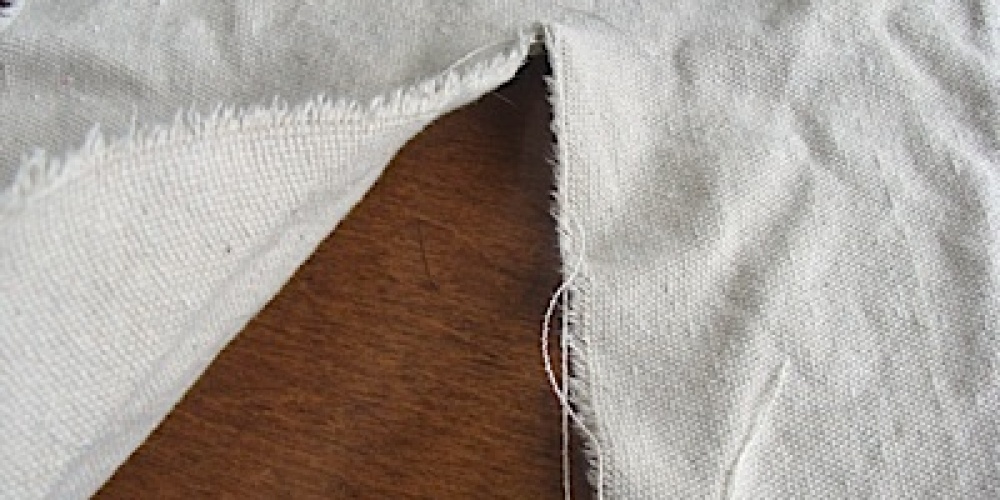One of the foundational laws of Shabbat is that only productive acts are prohibited; “all who destroy are exempt” (Shabbat 105b). At times, a seemingly destructive act is prerequisite for a constructive act, rendering such prohibited. Included in the 39 melachot of Shabbat are, “destroying to build”, and “tearing in order to sew”. But “one who rends his garments in anger is exempt” (Shabbat 105) – acting in anger is never productive, and hence, such tearing does not violate Biblical law.
Yet the Gemarah begins its discussion of the Mishnah by quoting a conflicting opinion, that “one who tears in anger is liable”. Apparently tearing something in anger might be constructive after all. In attempting to resolve this contradiction, the Gemarah suggests that anger would be “constructive” if done to “assuage his anger” – people do need to let off some steam.
The Gemarah immediately rejects such an approach, quoting the teaching of Rav Shimon ben Elazar in the name of Chilfa the son of Agra, who said in the name of Rav Yochanan ben Nuri (the Talmud placed great importance on accurately transmitting our tradition), “One who rips his clothes in anger, one who breaks his vessels in anger and who wastes money in anger should be, in your eyes, as one who worships idols”. Anger is not a good thing. And no less a person than Moshe Rabbeinu paid a steep price for his anger. “Because Moshe came to anger, he came to make a mistake” (Rashi, Bamidbar 31:21).
What the Gemarah does permit is the feigning of anger in order to “instill fear on one’s household”. Such discipline-inducing “anger” is constructive and, accompanied by tearing one’s clothes, would place one in violation of Shabbat. With changing social norms causing such behavior to be frowned upon, there is little room left for anger.
If the Gemarah disapproves of tearing in anger, the same act done out of sadness is most appropriate. Here, too, the Gemarah quotes a contradiction between the Mishnaic view that “one who rends his clothes over his dead” relative is exempt, and a parallel source that such an act would make one liable. While the person may violate Shabbat, he performs the mitzvah of rending one’s clothes; a most positive (if unfortunate) act.
In order to resolve the contradictory sources, the Gemarah looks for a case in which rending one’s clothes would not be a mitzvah. Suggested answers that perhaps a non-relative would fit into this category are rejected, as the Talmud rules that we must rip our clothes not only for a Torah scholar, but also for any adam kasher – a fine, decent human being. While ripping clothes in anger is akin to idolatry, “whoever [just] cries on [the death of] a decent man, all his sins are forgiven”. Rather, the only time that the performance of kriah for someone’s death is not a mitzvah, but rather needless destruction (and hence, not a violation of Shabbat), would be if the deceased was not a decent person; say, your local bank robber. Yet, the Gemarah rules that, if one is present at the time of death of such a person, one must rip one’s clothes – the Gemarah comparing such to a Torah scroll that was burned.
There is nothing more sacred than a Torah scroll; nothing, that is, save for a human being. Both are meant to teach, inspire, and guide. And both are to be buried, evoking cries for what will no longer be. Life really is too short to waste time getting angry.
| Shabbat

